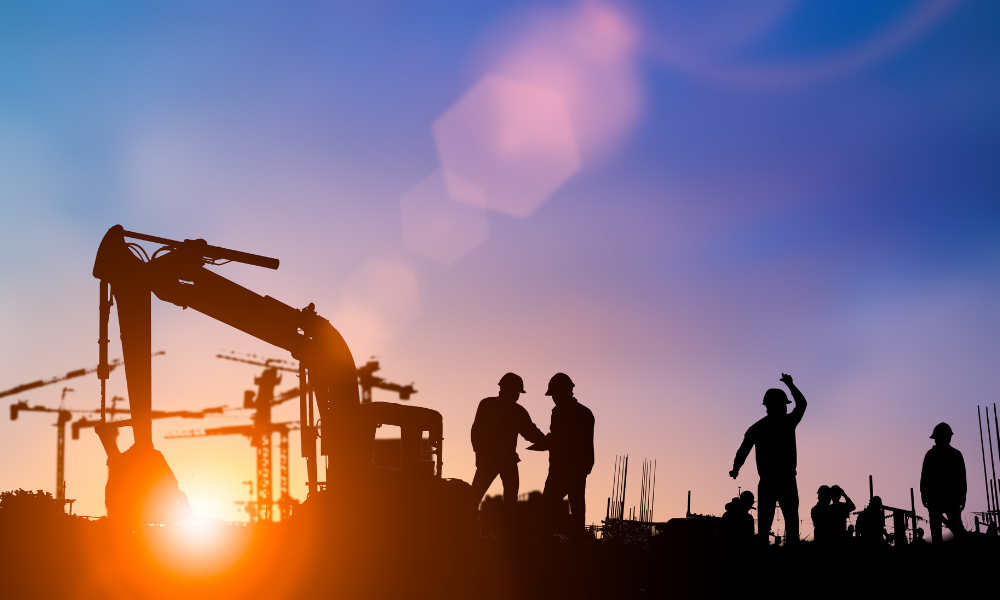2025 opens with stable construction costs amid industry downturn, QV reports

This year has started with minimal changes in construction costs according to the latest data from QV CostBuilder.
In the midst of a continued industry slowdown, the average construction cost for a standard one- or two-storey home (150/230sqm) in major New Zealand cities including Auckland, Wellington, and Christchurch has risen by a modest 0.4% this quarter.
This increment is slightly lower than the 0.6% increase seen in the last quarter of 2024.
Moderate annual increases reflect market stabilisation
Annually, the cost to construct a home in these key cities has climbed by an average of 1.5%, a marked decrease from the double-digit growth rates recorded between 2021 and 2023.
“Construction costs continue to flatten out, primarily due to challenging economic conditions and a significant drop in demand,” said Martin Bisset, a quantity surveyor at QV CostBuilder.
Despite ongoing challenges, there is growing optimism in the sector, which may lead to more sustained growth in construction activity. Notably, residential building consents in New Zealand increased by 2.6% in January, reversing a 5.6% decline from December. This change signals stronger economic conditions and lower financing costs, which are likely to support new construction projects.
Supply chain normalisation helps curb price increases
Bisset also noted improvements in the global supply chain.
“Fortunately, we're not facing issues like the Gib crisis from three years ago – global supply chains are operating efficiently, and the demand for materials has dramatically fallen, which helps stabilise prices,” he said.
Potential risks from geopolitical tensions
Despite current stability, Bisset cautioned that geopolitical instability, including ongoing tensions and uncertainty in international relations marked by armed conflicts, trade wars, and general political volatility, could disrupt this balance.
“High levels of international tension and political volatility could increase the difficulty and cost of acquiring building materials, much like the disruptions we saw during COVID-19," he said.
Steady costs in non-residential construction
The report also highlighted that non-residential building costs, excluding educational buildings, have seen an even smaller quarterly increase of just 0.1%, with a yearly rise of 1.2%.
Detailed insights from QV CostBuilder’s latest update
QV CostBuilder’s update included adjustments based on more than 11,500 current material prices across more than 60,000 rates, affecting about 5,600 data points across six centers.
Notable changes included a 1.8% rise in plasterboard linings and a 0.5% increase in partitions, primarily due to rate hikes for GIB plasterboard and Pink Batts insulation.



